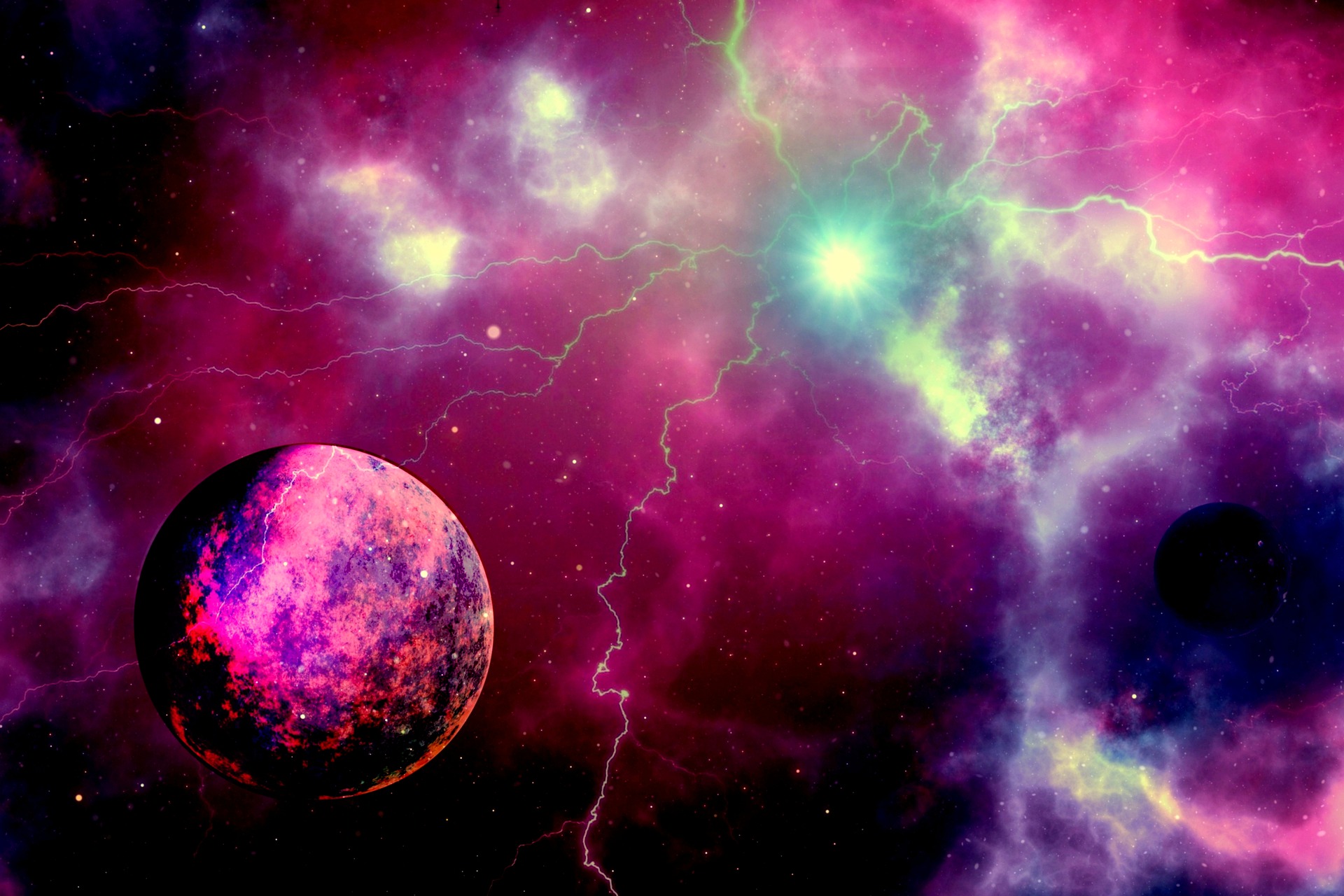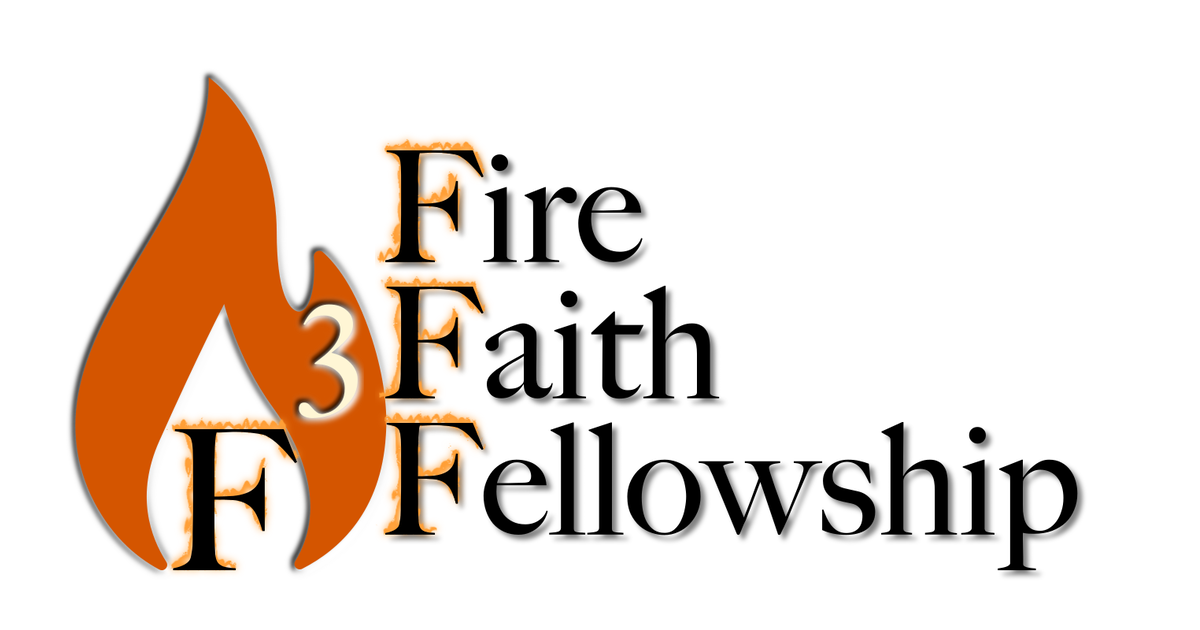The Electric Universe Theory: A Charged Perspective on Cosmology
Cosmology is the study of the origins, development, and ultimate fate of the universe. While the Big Bang model is the most widely accepted theory, alternative models have emerged, offering unique perspectives on the cosmos. One such alternative is the Electric Universe Theory, which emphasizes the role of electricity and electromagnetism in shaping the universe’s structure and evolution. This article delves into the core concepts of the Electric Universe Theory and explores its implications for our understanding of the cosmos.
A Charged Foundation: The Basics of the Electric Universe Theory
At its core, the Electric Universe Theory (EUT) posits that the universe is fundamentally electrical in nature, with electromagnetism playing a crucial role in the formation and behavior of celestial bodies. The theory challenges the standard model’s reliance on gravity as the dominant force shaping the cosmos, arguing that electrical forces are far more influential.
The EUT is built on the foundation of plasma physics, as plasma is a highly conductive and electrically charged state of matter. According to the theory, plasma makes up 99% of the visible universe, including stars, interstellar medium, and even galaxies. This widespread presence of plasma suggests that electrical forces must be taken into account when studying cosmic phenomena.
Electromagnetism vs. Gravity
One of the primary distinctions between the EUT and the standard cosmological model is the emphasis on electromagnetism over gravity. While gravity is undoubtedly a critical force in the universe, its influence is relatively weak compared to electromagnetism. In fact, the electromagnetic force is roughly 10^36 times stronger than gravity.
Proponents of the EUT argue that this vast disparity in strength means that electromagnetism’s influence on cosmic structures and events cannot be ignored. The EUT suggests that many phenomena currently attributed to gravity, such as galaxy formation, star birth, and even black holes, can be better explained through electromagnetism and plasma physics.
Galactic Structure and the Role of Electric Currents
The Electric Universe Theory proposes that large-scale cosmic structures, like galaxies, are formed and maintained by powerful electric currents called Birkeland currents. These currents flow through the vast interstellar plasma, creating filamentary structures and shaping galaxies’ spiral arms.
In this model, stars are powered externally by electric currents rather than through nuclear fusion at their cores, as suggested by the standard model. This view of star formation and behavior could potentially explain some observed anomalies, such as the brightness and temperature of certain stars, which do not fit neatly into the conventional model.
The Electric Sun Hypothesis
One of the most significant aspects of the Electric Universe Theory is the Electric Sun Hypothesis, which posits that the Sun and other stars are not powered by nuclear fusion reactions at their cores but rather by electric currents. According to this hypothesis, the Sun is essentially an electrically charged ball of plasma, with its radiant energy generated through electrical discharge processes.
The Electric Sun Hypothesis challenges the widely accepted view of stellar energy production and offers an alternative explanation for solar activity, such as sunspots and solar flares. Additionally, this hypothesis provides a new perspective on the interactions between the Sun and the Earth’s magnetosphere, suggesting that electrical connections between the two bodies play a significant role in shaping our planet’s climate and weather.
Challenges and Criticisms
Despite its intriguing concepts, the Electric Universe Theory faces several challenges and criticisms from the scientific community. Critics argue that the EUT often lacks rigorous mathematical foundations and comprehensive explanations for certain phenomena. Moreover, they point out that the standard model has been successful in predicting and explaining a wide range of astronomical observations, while the EUT has yet to offer similarly robust predictive capabilities.

Additionally, critics highlight that many aspects of the Electric Universe Theory contradict well-established scientific principles and observations. For example, the Electric Sun Hypothesis is at odds with our understanding of nuclear fusion and the detection of neutrinos from the Sun, which support the conventional model of stellar energy production.
However, proponents of the EUT maintain that their theory offers an alternative perspective that challenges the status quo and encourages the scientific community to reevaluate long-held assumptions. They argue that by exploring the implications of a universe dominated by electric forces, researchers may uncover new insights into the cosmos and potentially resolve lingering mysteries and inconsistencies within the standard model.
Implications and Future Directions
While the Electric Universe Theory remains on the fringes of mainstream cosmology, it continues to attract attention and spark debate. Its emphasis on electromagnetism and plasma physics offers an alternative lens through which to view the cosmos, challenging conventional wisdom and provoking further inquiry.
The EUT’s potential implications are far-reaching, touching on topics as diverse as stellar formation and behavior, galactic structure, and even our understanding of Earth’s climate and weather patterns. If supported by further research and evidence, the Electric Universe Theory could have a profound impact on the future of cosmology, astrophysics, and our understanding of the universe as a whole.
In conclusion, the Electric Universe Theory presents a fascinating alternative to the standard cosmological model, highlighting the potential importance of electromagnetism and plasma in shaping the cosmos. Although it faces significant challenges and criticisms, the EUT invites us to consider new perspectives and reevaluate long-standing assumptions about the nature of the universe. As our understanding of the cosmos continues to evolve, it is essential to explore all avenues of inquiry, including alternative theories like the Electric Universe, to deepen our knowledge and comprehension of the vast and mysterious universe we inhabit.
